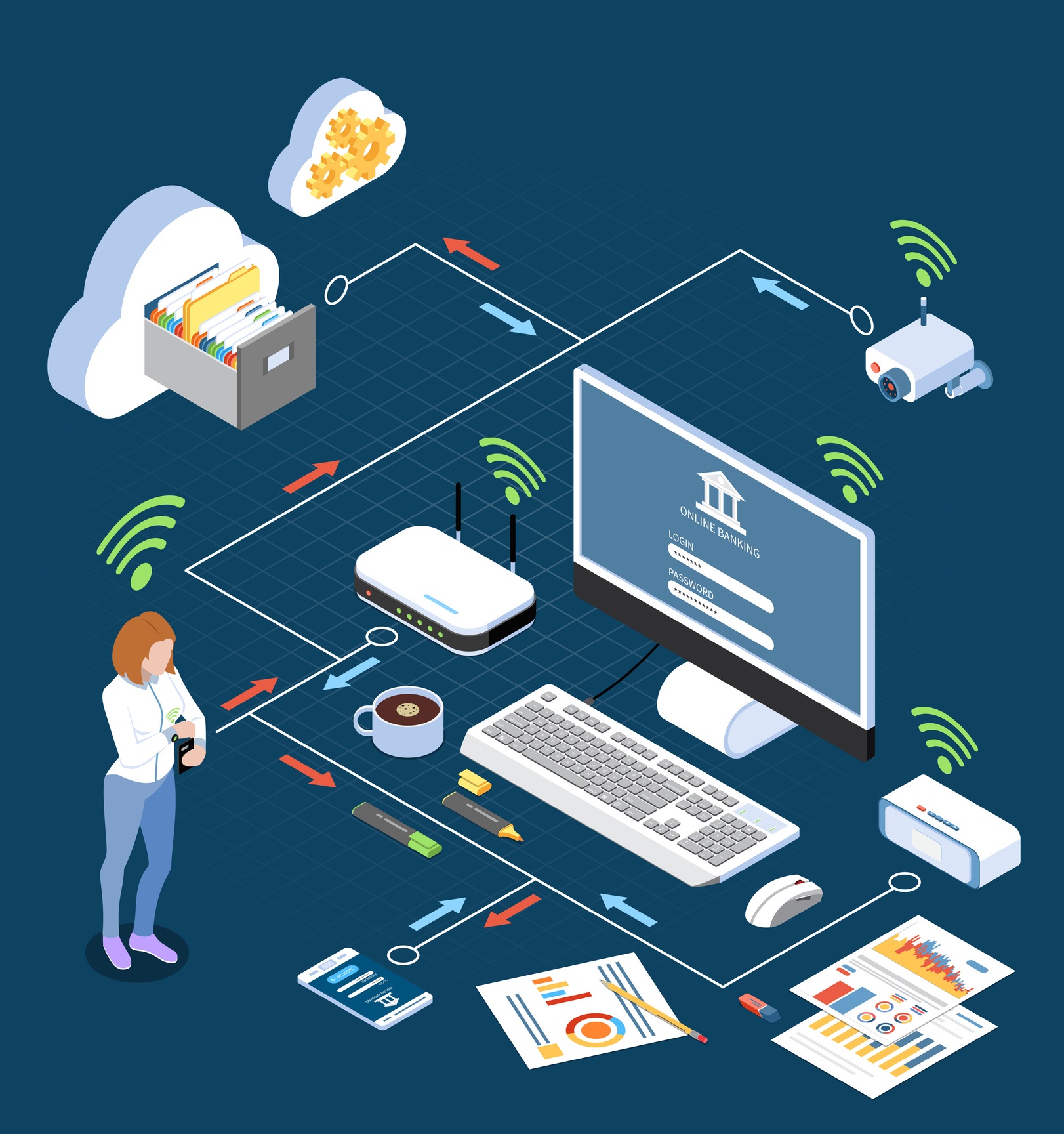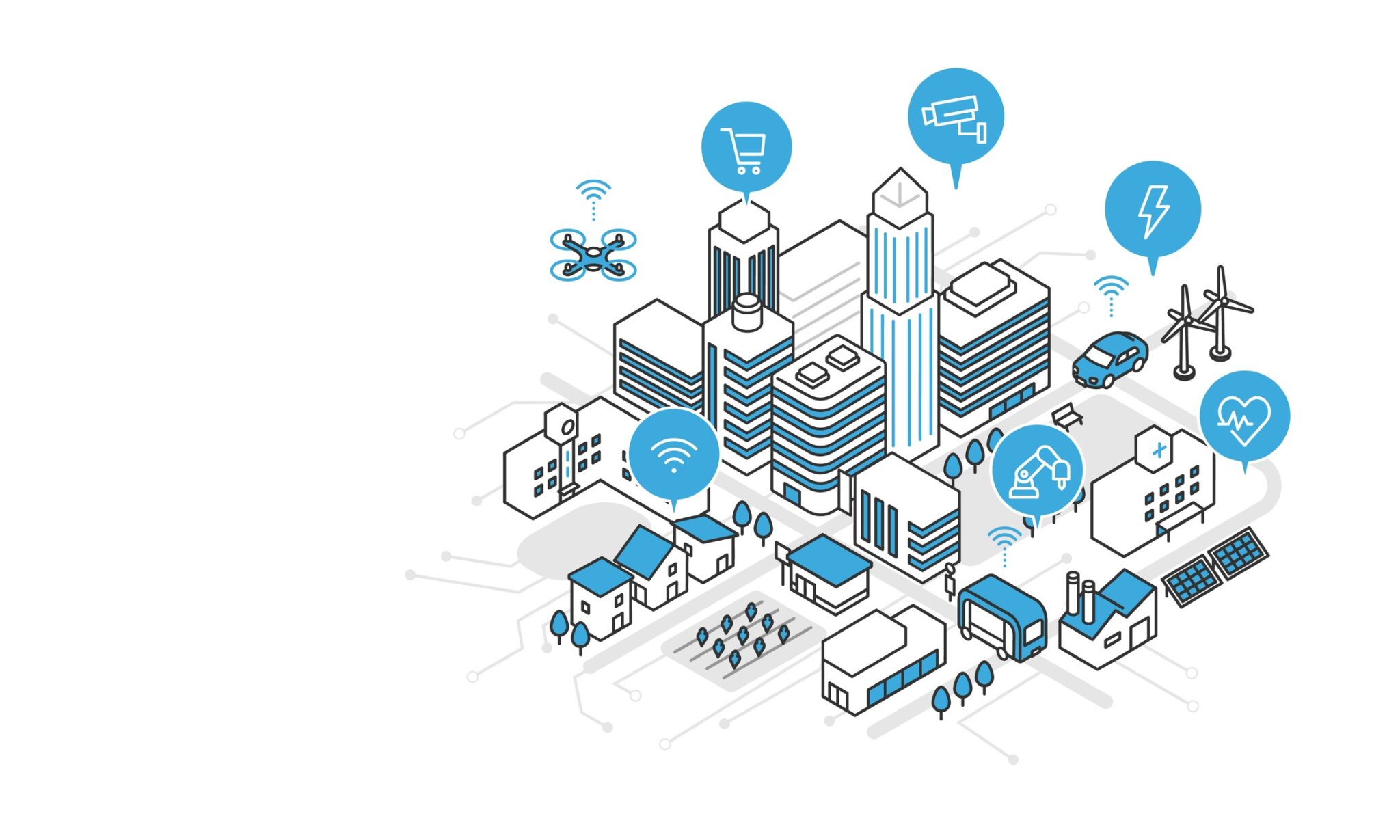IoT Gateway
IoT Gateway
What is a IoT Gateway?
An IoT Gateway is a hardware device that serves as an intermediary in the Internet of Things (IoT) ecosystem, connecting various devices and systems. It collects, processes, and forwards data from different IoT devices, transmitting it to the cloud or local data centers for further analysis. IoT Gateways provide protocol translation, data filtering, device management, and security features to ensure smooth communication and collaboration among different types of devices.
Have any ideas?
Contact us immediately to find standard products
Or customize an IoT Gateway to your specific field
If you haven't decided yet, keep scrolling and learn more
Composition and Devices of the IoT
IoT Devices :
Various sensors, actuators, and other smart devices responsible for collecting data or executing commands.
Communication Protocols : Bluetooth, Zigbee, Thread, Wi-Fi, Z-Wave, etc.
IoT Gateway :
An intermediary device that manages and connects multiple IoT devices, responsible for data aggregation, protocol translation, and preliminary data processing.
Communication Protocols: LTE, 5G, Ethernet, Wi-Fi, etc.
Edge Devices :
Local devices that process and store data, responsible for performing more complex data analysis and filtering, reducing reliance on the cloud.
Communication Protocols : HTTP, MQTT, CoAP, etc.
Cloud Server :
Remote servers that centrally store and process large amounts of data, providing advanced data analytics, machine learning, and long-term storage.
Communication Protocols : HTTP, MQTT, etc.
User Interface :
The interface through which users interact with the IoT system, providing data visualization and control functions.
Communication Protocols : Web browsers, mobile applications, etc.



How to Choose the appropriate Technology for IoT
When selecting suitable wireless technology for an Internet of Things (IoT) system, several factors need to be considered, including range, power consumption, bandwidth, network topology, cost, and security. Here is a comparison of some common wireless technologies and their applicable scenarios to help you make the best choice :
Reference for Applicable Scenarios
Smart Home : Bluetooth, Zigbee, Z-Wave, and Thread
Industrial Automation : Wi-Fi, LTE-M, 5G
Agricultural Monitoring : LoRaWAN, NB-IoT, Wi-Fi HaLow
Health Monitoring : Bluetooth, NB-IoT, LTE-M
Smart Cities : LoRaWAN, NB-IoT, 5G, Wi-SUN
Protocol Name | Protocol Name | Characteristics | Protocol Name | Characteristics |
| Wireless Communication Protocols | Zigbee | Low-power, short-range wireless communication protocol based on the IEEE 802.15.4 standard. | Wi-Fi HaLow | Designed for low-power, long-range IoT applications, based on the IEEE 802.11ah standard. |
| Z-Wave | Proprietary short-range wireless communication protocol primarily used for home automation. | LoRaWAN | Low-power wide-area network protocol suitable for long-range communication. | |
| Bluetooth Low Energy (BLE) | Wireless personal area network technology designed for low-power applications. | Wi-SUN | Wireless Smart Utility Network technology based on open standards, suitable for smart cities and smart grids requiring high reliability and large-scale deployment. | |
| Wi-Fi | Wireless local area network technology based on the IEEE 802.11 standard, offering high bandwidth and broad coverage. | LTE-M | Low-power wide-area network technology designed specifically for IoT devices. | |
| Thread | Low-power, mesh networking protocol based on the IEEE 802.15.4 standard, designed for IoT. | 5G | The latest generation of cellular network technology, providing high speed, low latency, and massive connectivity. |
| Protocol Name | Protocol Name | Characteristics |
| Wired Communication Protocols | Ethernet | Wired network technology based on the IEEE 802.3 standard, providing high bandwidth and low-latency communication. |
| Modbus | Industrial communication protocol based on a master-slave architecture. |
| Protocol Name | Protocol Name | Characteristics |
| Application Layer Communication Protocols | MQTT | Lightweight publish/subscribe messaging protocol. |
| HTTP/HTTPS | Widely used hypertext transfer protocol, commonly used for communication with cloud services. |
Not sure where to start? Contact NDS Technology and let us assist you. Get in touch and learn more.



